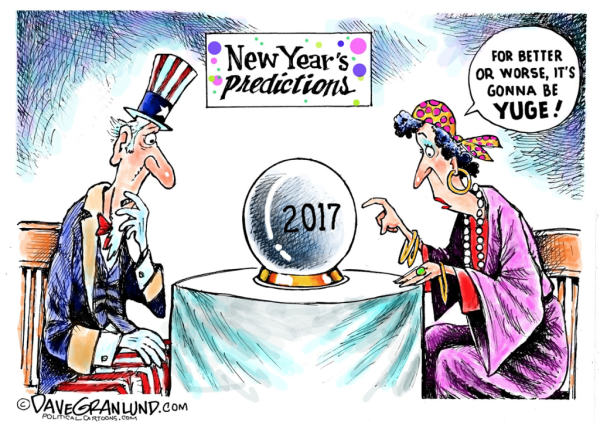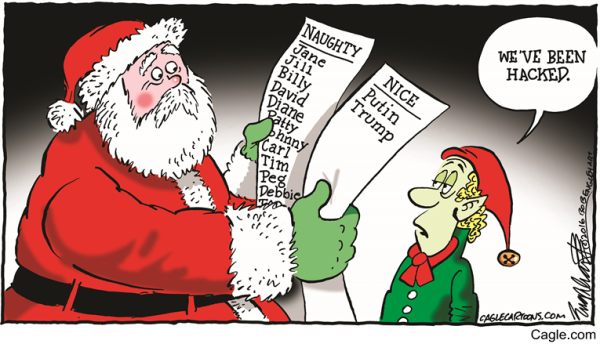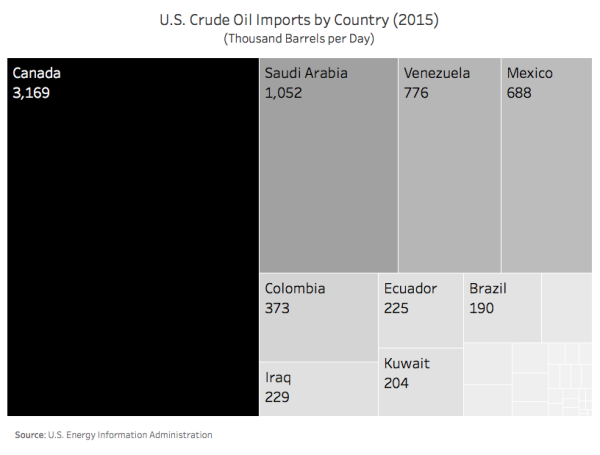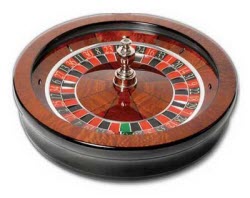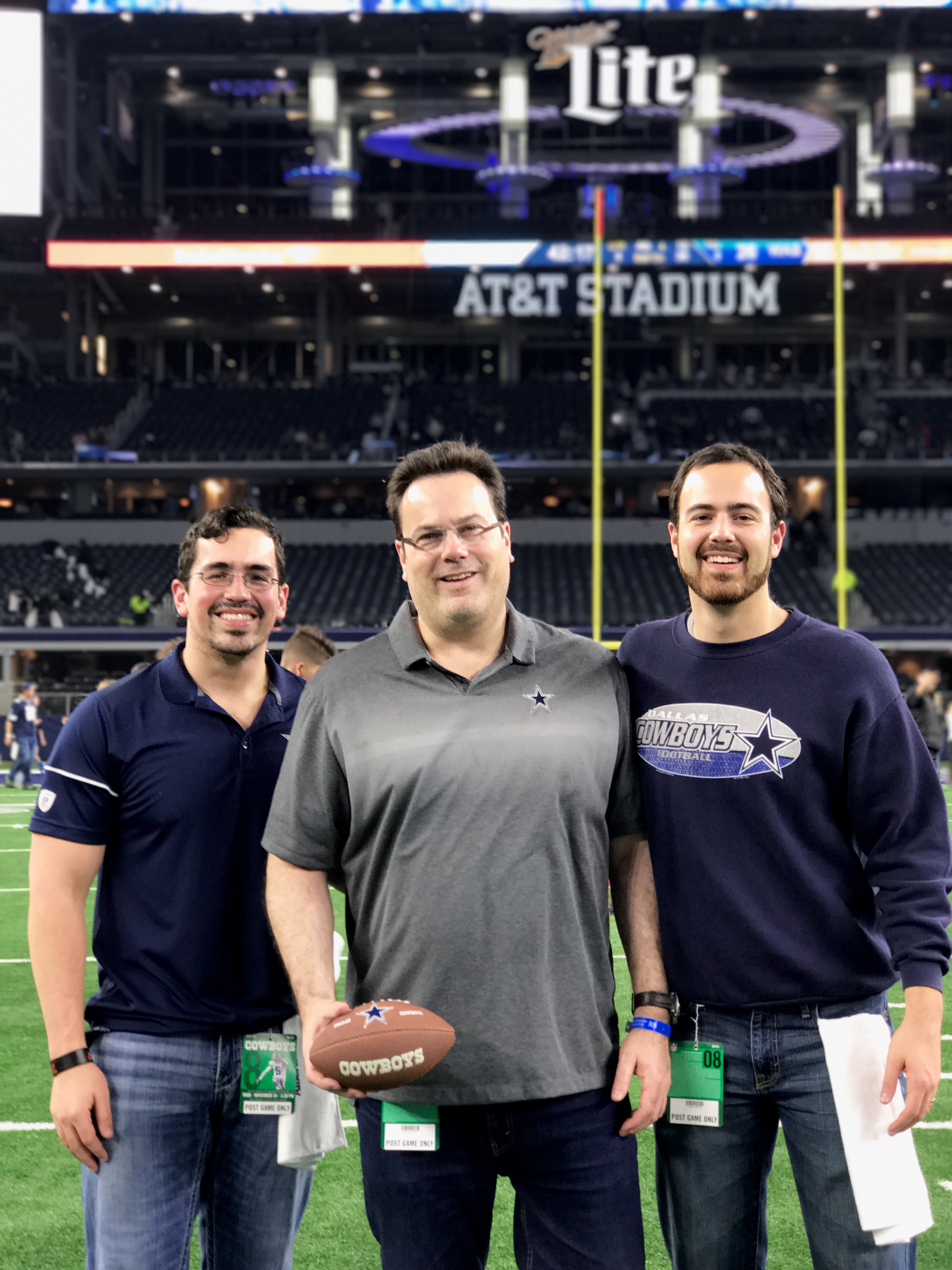Simon Sinek is a best-selling author (Start With Why), and gave a Ted Talk on how great leaders inspire action (that got 30 million views).
Recently, in an interview with Tom Bilyeu (co-founder of Quest Nutrition), he addresses the issue of Millennials – and why they seem lazy and unfocused.
Sinek points to four characteristics that help "create" this issue:
- Parenting,
- Technology,
- Impatience, and
- Environment.
Sinek suggests that this generation is a product of failed parenting strategies … being told they're special without effort, being told they can have anything they want, and being handed trophies for showing up.
Next, add technology to the mix.
Before millennials, interaction happened in person much more frequently … meaningful trust-based relationships were built with time and effort, and when you were at dinner with friends, or watching a movie, you were at a dinner with friends … not on your phone.
For added irritation, next add impatience (which is a byproduct of instant gratification).
Why wait for amusement when it's a text away? You've got Netflix making video rental a thing of the past, Tinder making dating as easy as "swiping right" and Amazon making it so you don’t have to checkout when you go to a store.
Is it any wonder that these kids have short attention spans?
Now, put those kids in an environment where they're forced to realize you can't rush success, and you can't force meaningful relationships.
It's a recipe that has often terminated without a happy ending.
I thought it would be fun to ask one of them, what they thought about it …
So I asked my son, Zachary. Here are his thoughts.
I was born in 1993. When I was in elementary school, I was already using a computer almost daily, and a lot of my education and entertainment was computer-centric.
As such, I am a textbook “Millennial.”
I use Snapchat too much, I relax by playing video games, and at times I can be unacceptably lazy.
Because of that, I found this interview with Simon Sinek particularly interesting.
I’ve been lucky. My dad did a good job of forcing me to work hard, and valued my efforts more than my results. So, while I'm constantly reminded that I'm lucky I'm not working 80 hour days (and being forced to get a haircut every week) I do feel as if I'm a step ahead of many of my peers.
I still find myself falling in to a lot of the "traps" Sinek describes – I'm reliant on social media; I'm frustrated when my effort doesn't transfer in to immediate impact; and I struggle to not take my phone out in social situations.
I do think the issue is bigger than millennials. It's not just our generation that takes their phones out at meetings and ignores who they're with for someone on their phone. If you pay attention I'll bet you'll notice you do it as well.
The difference, I think, is that millennials spent their formative years in this environment.
This does effect the way we see and interact with the world.
Will we ever measure up to your expectations?
Perhaps not … because our generations approach the world the world so differently.
Nonetheless, we are still capable of great things. We are still driven to create and pursue great things. It's just that we are playing a different game and keeping score a little differently.
Understanding that, in and of itself, can help to close the gap.
I’d love to hear your thoughts on the subject, and any tips you might have for someone relatively new to the corporate world. You can e-mail me at [email protected].
Thanks.

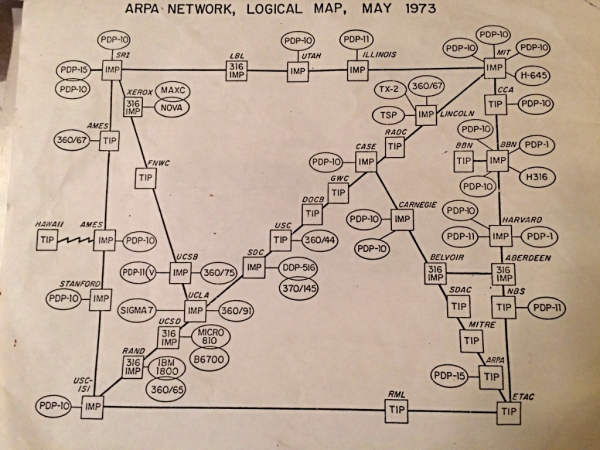
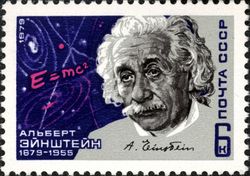 In many senses time is relative.
In many senses time is relative. 
